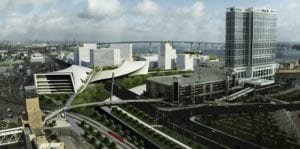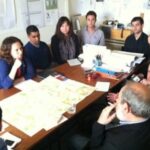Camden Wade and Steven Hansen of NewSchool of Architecture & Design in San Diego developed design ideas for a section of San Diego County’s Mid-Coast Corridor Transit Project – a regional plan to strengthen transportation options along the region’s coastal areas. The concepts were produced during a special NewSchool design studio course co-taught by Kai-Uwe Bergmann, a partner at Bjarke Ingels Group, and NewSchool instructor and local architect Frank Wolden. The students in the studio identified seven areas for intervention through an approach called “String Theory” that addresses the region’s urban development issues. This project is one of the seven areas of focus.
Area of Intervention: San Diego’s Downtown Railway Depot and Marine Terminal
Synposis
The Downtown Railway Depot and Marine Terminal play a historical part in San Diego’s past working waterfront. Playing a major role in the distribution of goods, the terminal and rail lines cemented San Diego’s importance as a trading post from Central Asian fruits to Asian automakers. However, the current waterfront marine terminal is underutilized and would be well suited to allow the downtown to develop portions of its waterfront location. Additionally, the rail yards currently serve more as a rail depot than as an active rail corridor and should be reorganized to allow for a better connection between San Diego’s downtown and its waterfront. Thus the Downtown Marine Terminal Station is proposed to become the high-speed rail terminus servicing the West Coast as well as providing a transit center from local light rail and bus traffic. The station master plan would reorganize and centralize the industrial areas of the marine terminal and warehouses into one area, thus opening the rest for the development of cultural programs, retail and office as well as park lands. This is one of them.
This is one of seven projects produced by the BIG-NewSchool special studio. To learn more about this project, and others developed by the class: “NewSchool-BIG Studio: String Theory.”

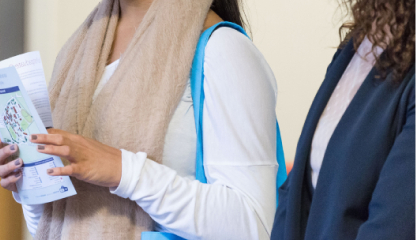
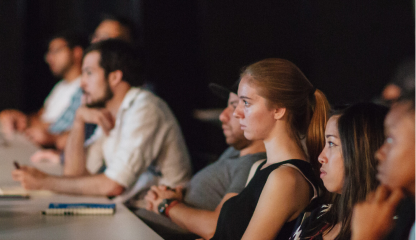

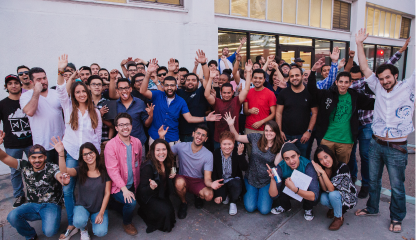
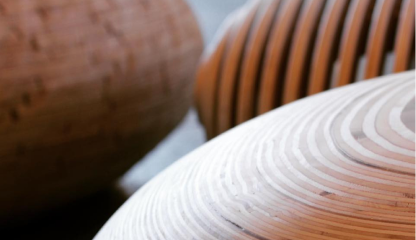



 619-684-8800
619-684-8800